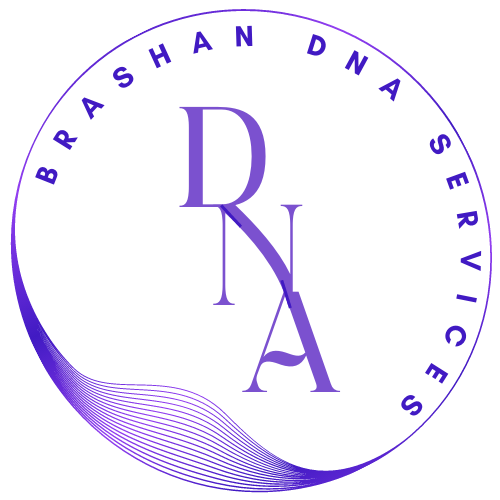By law, everyone over the age of sixteen must sign a consent form before providing their DNA sample for analysis. Anyone who holds parental rights over a child who is less than sixteen years of age can sign a consent form for the child’s samples to be collected and analyzed.
Most commonly, samples collected for DNA analysis are done by using a cheek swap, just like it is done for a COVID test. Many children will demand an explanation as to why cheek-swapping is being done when they do not have COVID. To avoid this sort of questioning, DNA samples can be collected from discreet sources like a child’s toothbrush or even nails, without their knowledge. This is also a stress-free way of obtaining samples from children.
Toothbrush DNA sampling may also be useful in the case of a deceased parent. For example, when a young father has passed away and a girlfriend comes forward with a claim that she has a child for the deceased If such a girlfriend provides consent for the child’s DNA to be collected, grandparents may choose to use DNA collected from the alleged dead father’s toothbrush.
If a DNA profile is successfully collected from this toothbrush, it can then be compared with the grandparents, uncle, or aunt’s DNA to confirm or refute the claim of the girlfriend. If approved, this could give the living relatives some comfort in knowing that their late loved one has left them with his child.

